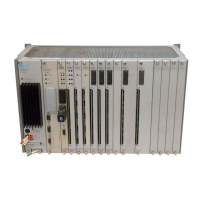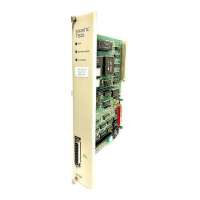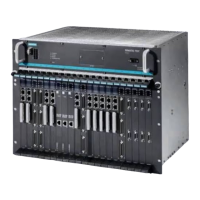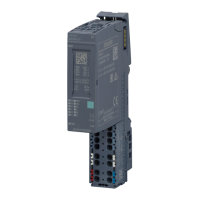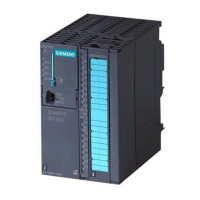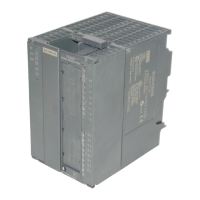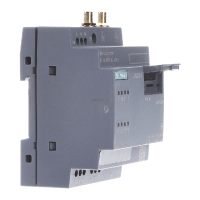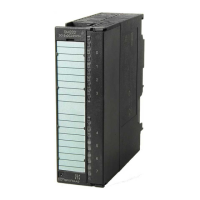Configuration in STEP 7
5.6 Configuring networks and network nodes in STEP 7 / NetPro
TIM DNP3
108 System Manual, 12/2015, C79000-G8976-C253-04
●
The data format of the dial-up phase depends on the type of modem. The following
settings are possible:
– 8 data bits, no parity, 1 stop bit
– 8 data bits, odd parity, 1 stop bit
– 8 data bits, even parity, 1 stop bit
– 8 data bits, no parity, 2 stop bits
– 8 data bits, odd parity, 2 stop bits
– 8 data bits, even parity, 2 stop bits
– 7 data bits, no parity, 1 stop bit
– 7 data bits, odd parity, 1 stop bit
– 7 data bits, even parity, 1 stop bit
– 7 data bits, no parity, 2 stop bits
– 7 data bits, odd parity, 2 stop bits
– 7 data bits, even parity, 2 stop bits
Default:
– In AT mode: 8 data bits, no parity, 1 stop bit
Note
MD3 modem
The data listed above applies only to the dialing phase. The data format in the data phase
is set with switch 5 on the MD3 modem.
It is only necessary to set the dialing format on older modems that do not support
"Autoband". With "Autoband", the modem can determine the character and data format in
the dia
ling phase automatically based on the first AT string.
●
This is the dialing command for the local modem. The following dialing commands are
possible:
– D (AT command)
– DP (AT command, pulse dialing)
– DT (AT command, tone dialing)
Default: D. This default modem dialing command should be used where possible.
●
This is the access number (outside line) for a private branch exchange (typical entry 0 or
9) or for an alternative telephone provider. A number up to 12 digits long can be
specified. With direct connection to the dial-up network and without an alternative
telephone provider, this parameter can remain empty.
The dialing prefix can be changed again in the Properties of subscriber dialog.
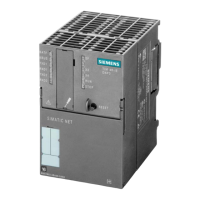
